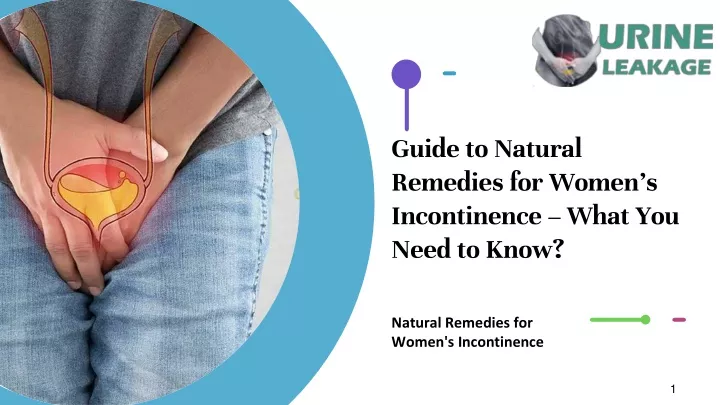
Comprehending Fecal Incontinence After Maternity Postpartum Saint Luke's Wellness System
Recognizing Fecal Urinary Incontinence After Maternity Postpartum Saint Luke's Wellness System In many cases, surgery may be required to shut the muscular tissues. In a lot more severe instances, a urogynecologist can also assist figure out if you have a more serious condition that may require various therapy, such as surgery. The American College of Obstetricians and Gynecologists states that postpartum treatment should be a continuous process rather than a single visit after distribution. Check in with your healthcare professional within 2 to 3 weeks after distribution by phone or personally to talk about any kind of problems you've had since delivering. You might feel contractions, occasionally called afterpains, for a few days after distribution. They aid maintain you from bleeding way too much because they tax the capillary in the womb.Can Vaginal Distribution Cause Incontinence?
- The modern motion of childbirth education is significantly crucial in aiding to enlighten females regarding labor, giving birth, breastfeeding and looking after a newborn.
- The American University of Obstetricians and Gynecologists says that postpartum treatment should be a continuous procedure as opposed to a single go to after distribution.
- Pentz explains mixed urinary incontinence as those that might have begun with anxiety incontinence.
- Talk to your healthcare provider regarding your household planning choices.
Exactly How Do I Look After My Body After Delivering?
Interventions can consist of lifestyle modifications and strengthening your pelvic floor muscle mass via Kegel exercises. Forceps raises the threat of injury to the nerves and muscle mass of the hips. Forceps are the spoon-shaped metal instruments that are often placed into the mother's vagina and put around the baby's head at the time of shipment. These tools are normally used after a long or challenging labor to help provide a baby. As the doctor draws on the forceps, they press away the muscles and soft tissues in the pelvis, enabling more room for the child to come out. The forceps additionally aid the medical professional to pull the infant out, particularly if there is a limited fit.The number of times a day should I pee postpartum?
a UTI usually finish. The bladder is a master at self-repair. When damaged by infection or injury, the body organ can fix itself rapidly, hiring specialized cells in its lining to repair tissue and recover an obstacle versus damaging products concentrated in pee. After you have actually ended up passing pee, press the pelvic floor muscle mass and after that relax it, to try and completely empty. Touching over the bladder may aid in activating a contraction in some individuals. Brushing or tickling the reduced back may boost peeing and has been reported to be handy in some clients. In 3 huge Great post to read studies of women after shipment, all ladies with postpartum urinary retention returned to normal within 2 to 6 days of medical diagnosis. Nonetheless, although most ladies fixed quickly, there are small case studies of women that, like the client presented, do not return to regular voiding for several weeks. Stop cigarette smoking. If you smoke, you put yourself at risk of incontinence, because coughing places stress on your pelvic flooring muscles.Do the ideal exercises.Avoid lifting.Lose excess weight.Treat irregular bowel movements promptly.Cut down on caffeine.Cut down on alcohol.Drink plenty of water. For the most part urinary system retention is a short-lived trouble but in some cases needs a couple of weeks to fix. If you have any kind of ongoing problems passing urine we might educate you just how to execute self catheterisation(Clean Intermittent Self Catheterisation)as an acting procedure till the concerns deal with. This group of muscular tissues and tissues is called the pelvic floor. When your baby moves down through your vaginal canal to be birthed, your pelvic floor stretches and it continues to be stretched for